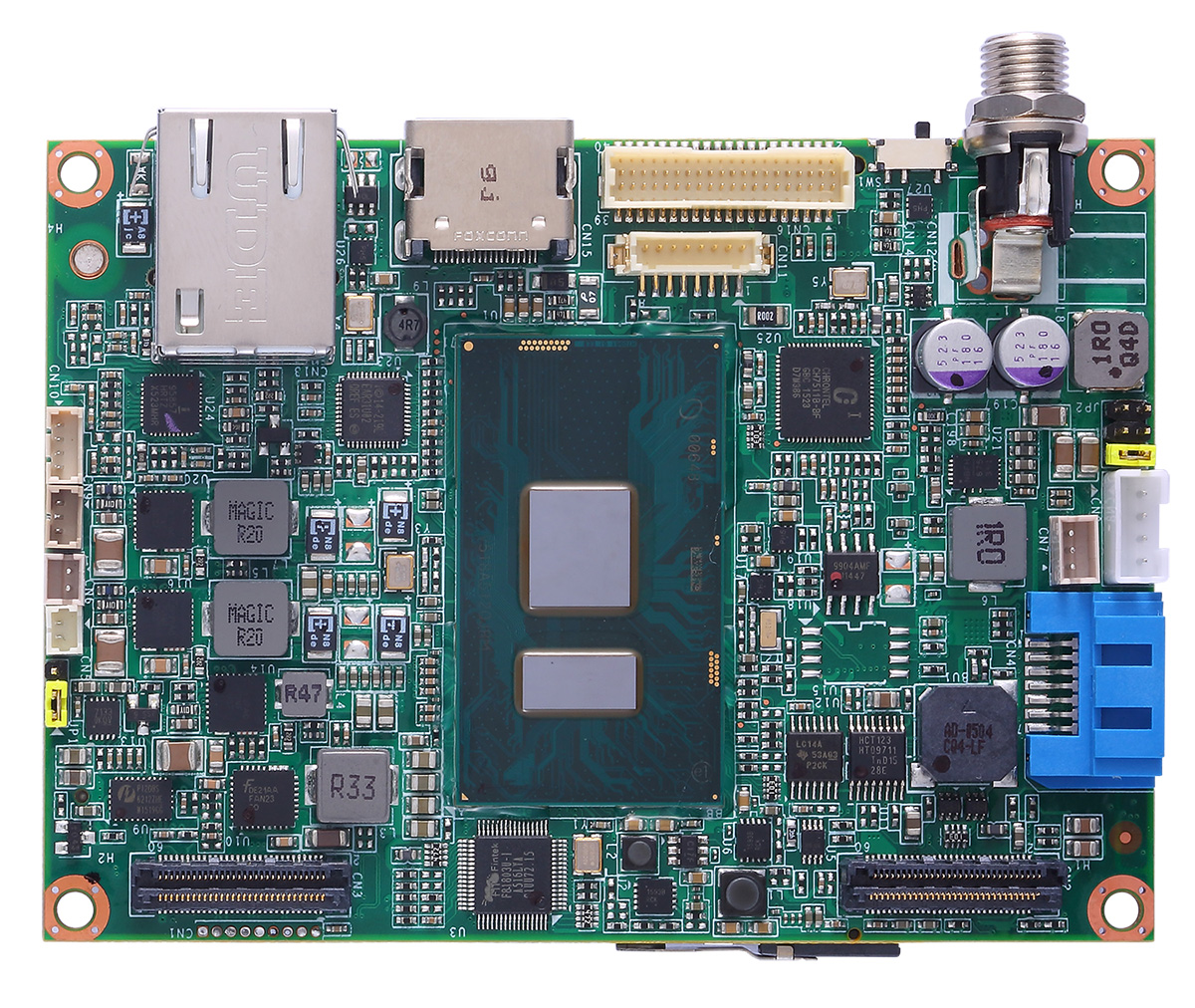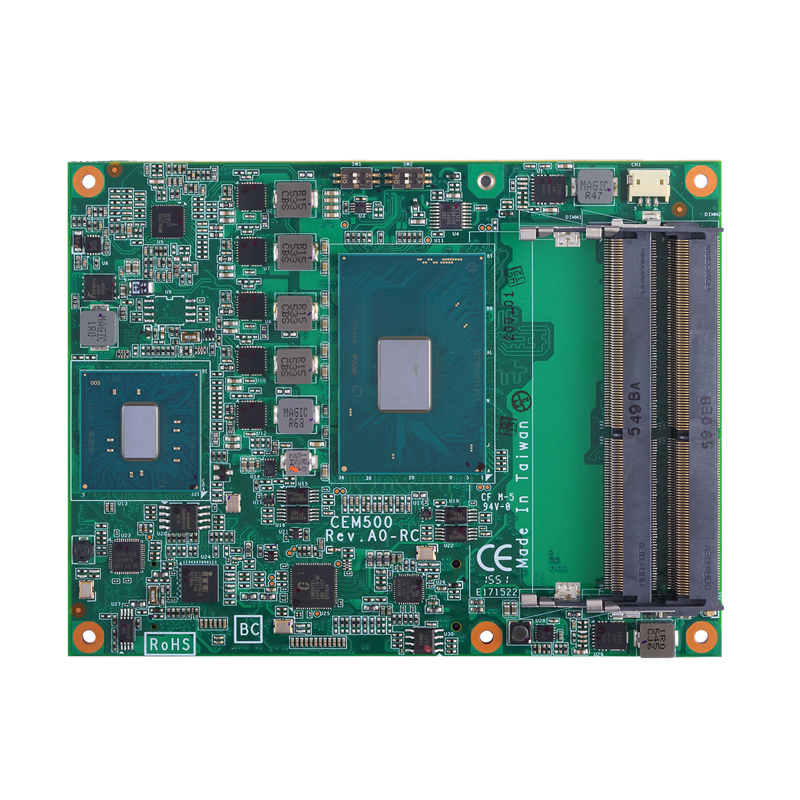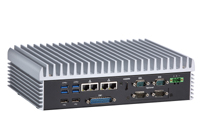|
Will you be receptive to having a robot perform a surgery on you?
The use of robots to perform surgical procedures is increasing “exponentially” per the US Food and Drug Administration (FDA). There might be a day when any of us have to make a decision on the type of surgery we would be comfortable with. A few pros and many cons might pop into one’s head with the yet to be common concept. Key hesitations might include the notion that a machine is performing a job where success commonly depends upon a surgeon’s skillset, developed with decades of experience and extensive training. Questions such as, “How will a robot respond to an emergency situation during an unmanned procedure?” may arise. For a robot-assisted operation where a surgeon is present, “Will there ever be an equipment failure or system error?” The issue of trust plays a major role in the level of comfort a patient may feel when being offered surgical choices.
You may change your mind after reading this article. We are entering a new era where the advancement of computer technology has helped save lives, lessen human errors and improved the skillset of many surgeons. Virtual reality is not just for fun and games any longer. It has become a great tool for surgical training and has provided access to a larger knowledgebase for many surgeons around the world that may not otherwise be possible. It also has helped them to become more skillful, making better treatment choices and taking a more effective course of action during emergencies.
Robotic technology, in particular, has helped surgeons perform complex procedures with increased precision, sped up patient’s recovery, lessened the possibility of infection and granted better access to medical care of choice. For example, remote surgery is performed with the surgeon and patient physically in a separate location. It allows surgeons to “telecommute” and perform their jobs through the use of cutting edge communications and robotic technologies. Patients now have access to superior medical care that otherwise could be limited by distance.
There are many robotic systems in the marketplace. One example is called the da VinciR Surgical Systems. They are designed and manufactured by Intuitive Surgical, a leading company in the robotic healthcare industry. These systems are robotic platforms designed for a variety of medical uses. Their main objective is to use robotic technology to assist surgeons performing operations. The most popular system allows surgeons to take control of multiple robotic arms and attached surgical instruments in order to perform procedures such as cardiac, colorectal, general, gynecological, head and neck, thoracic, and urological surgeries. The system features 3 key parts:
- A vision system that acts as a surgeon’s eyes. It can see beyond human’s capabilities. The vision system is usually comprised of a high definition endoscope, cameras and other equipment. The use of 3D imagery is common for robot-assisted surgery.
- The patient-side cart that hosts robotic arms that can mimic a movement of human hands.
The "things" referenced in the Internet of Things are also known as edge devices. Edge devices often take the form of sensors, actuators, motors, drives, pumps, valves, and so on.
-The surgeon console where the surgeon is stationed during a surgery to control the movement of the patient-side cart’s robotic arms.
These surgical robotic platforms are made possible by integrating embedded computers with required features with software, hospital communication systems and other medical equipment. Axiomtek’s high performance embedded motherboards (in a variety of form factors), medical panel PCs as well as embedded systems have been selected by global medical equipment companies to use to control their medical equipment’s operation. A system such as da VinciR needs a high computing power computer with communication capabilities that can control cameras and other hardware in an incredibly precise and reliable manner.
Axiomtek’s computer solutions have been integrated with vision systems, robotic arms, complex medical equipment such as DNA sequencing machines, surgeon consoles and more. The medical-grade panel PC (MPC) series, with UL60601-1, CE FCC class B certifications, are used as patient-side carts by many healthcare facilities. These advanced computers are designed to run complex operations such as robotic surgery.
With features such as high performance CPUs including the 6th Generation IntelR Core? family (Skylake) and high level of customizability, Axiomtek’s embedded motherboards, embedded computers and medical panel PCs provide medical device manufacturer and system integrators with a high level of flexibility and reliability. They offer many great features and are well-tested to perform optimally in critical medical environments. With very low error or failure rate, you might make robotic surgery your surgical choice.
From all of the information we shared above, are you a little more comfortable with the thought of having a robot operate on you?
Product Showcase
High Computing Power Embedded Boards and High Performance Embedded Computer System
.jpg) SHB140 SHB140
- High performance 6th Generation Intel® Core™ i7/i5/i3 processors with Intel® Q170 Express chipset
- Six SATA-600 with RAID 0/1/10/5 create data redundancy while enhancing storage reliability, capacity, and performance
- Rich expansion interfaces; including one PCIe x16 Gen 3, one PCIe x4 Gen 2 or four PCIe x1, and four 32 bit PCI bus masters
- Features Intel® AMT 11 and TPM 1.2
 PICO500 PICO500
- High performance 6th Generation Intel® Core™ processors
- Integrated Intel® HD graphic engine supports HDMI and 18/24-bit dual channel LVDS that delivers Ultra HD 4K visual experiences
- Rich I/O options with flexible board-to-board connector which integrates an HD audio port, four USB 3.0 ports, one PCIe x1, one DDI, and two UARTs interfaces
- Intel® Active Management Technology (AMT) 11.0 on Intel® Core™ i7 and i5 for remote management
 CEM500 CEM500
- High performance 6th Generation Intel® Core™ processors
- Four SATA-600 interfaces, supporting RAID 0/1/5/10 to provide accelerated data transfer capabilities and data storage reliability
- Rich signaling protocols; including one PCIe x16 v3.0, eight PCIe x1, four USB 3.0 signals, eight USB 2.0 signals, one Gigabit Ethernet featuring Wake-on-LAN, and 4-IN/4-OUT DIO
- Intel® Gen 9 HD Graphics provides LVDS and three DDI ports for supporting HDMI/DVI/DisplayPort, enabling it to drive multiple 4K HD displays without the need of a discrete graphics card
 eBOX670-891-FL eBOX670-891-FL
- Fanless operation with LGA1151 for high performance 6th Generation Intel® Core™ and Celeron® and Intel® Q170 chipset
- 4K Ultra HD resolution through DisplayPort and two HDMI ports with triple view display support
- Two DDR4-2133 SO-DIMM up to 32 GB for high performance memory capacity and high rate data transfer speed
- One mSATA, one CFast™ and two 2.5” SATA HDD drive bays with RAID 0/1 to create data redundancy while enhancing storage reliability, capacity, and performance
Sources:
http://www.davincisurgery.com/
http://www.allaboutroboticsurgery.com/surgicalrobots.html
|

